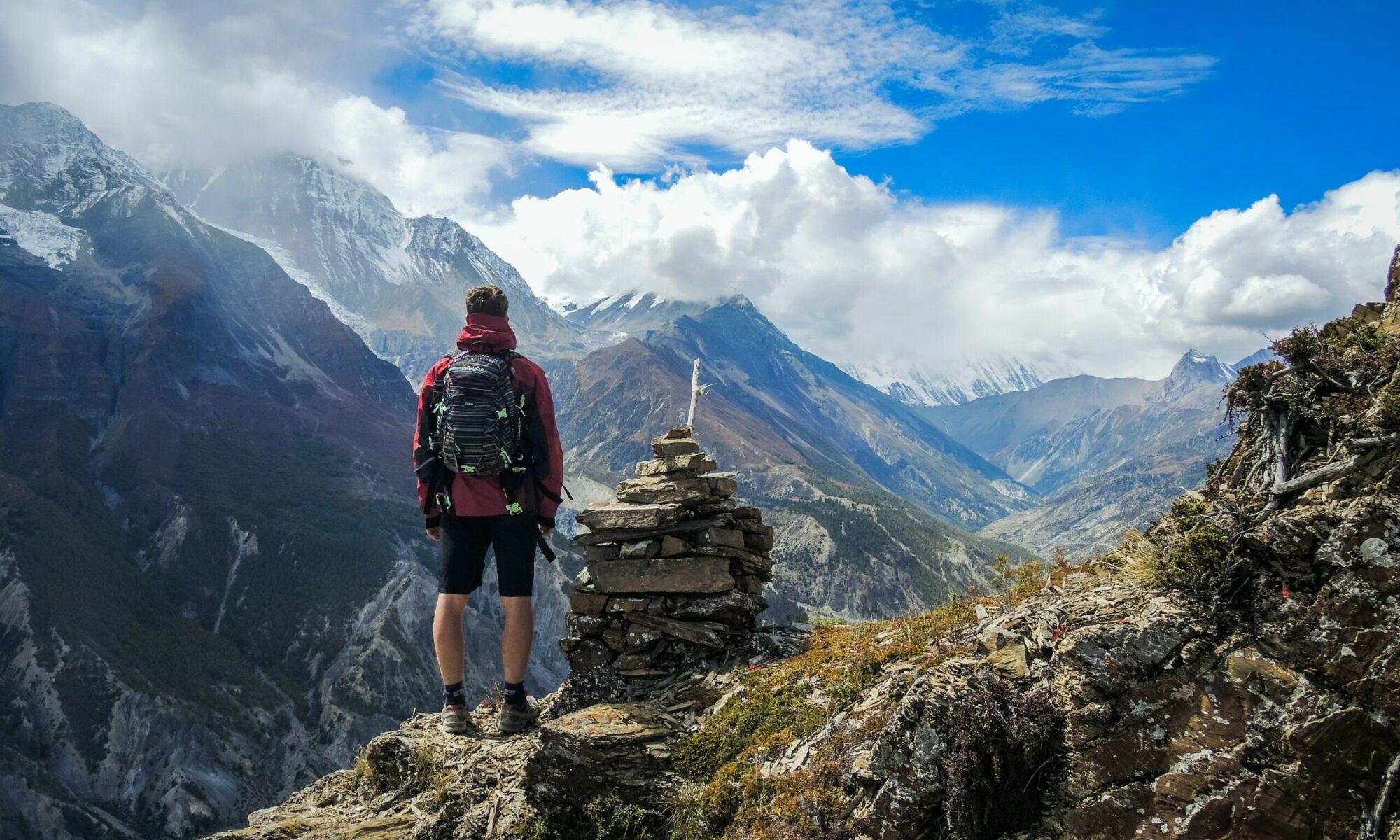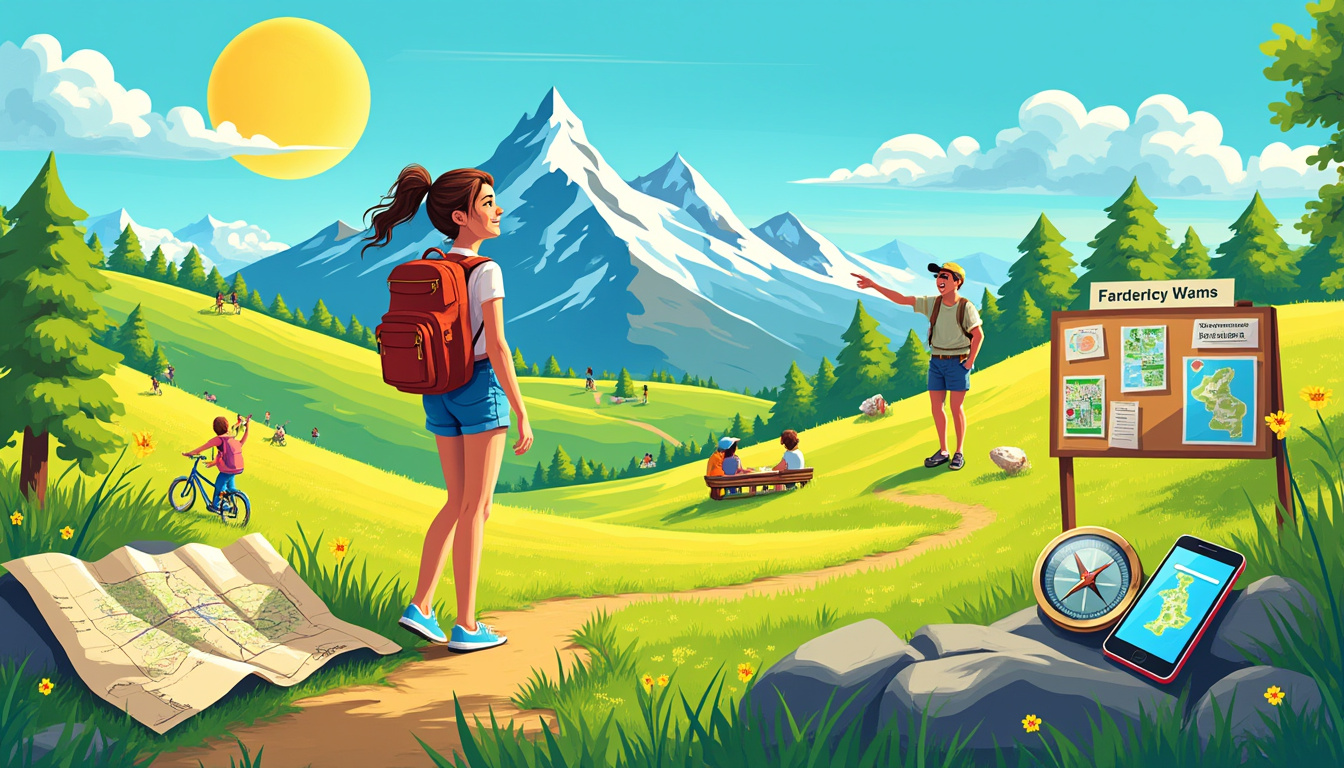Summer travel in 2025 often relies heavily on digital navigation, with Google Maps as a default companion. However, even the most advanced apps can fail due to connectivity issues, unexpected updates, or technical glitches. During such moments, savvy travelers have learned to combine traditional wisdom with tech-savvy strategies, ensuring smooth journeys no matter the circumstances. From mastering offline maps to leveraging AI-driven itinerary suggestions, these seven expert tips will keep your summer adventures on track—even when Google Maps falls short.
Effective Techniques for Navigating Airports and Transit Centers without Google Maps
Travel hubs can become overwhelming, especially during peak summer travel seasons. According to recent studies, London King’s Cross station, with over 67,000 daily visitors, exemplifies the chaos typical of major transit centers. Navigating these spaces without reliable app assistance calls for strategic preparation.
- Use offline terminal directories: Download terminal maps available on transport authority websites or services like TripAdvisor for pre-planning.
- Print location guides: Carry printed or PDF guides of key segments such as lounges, dining areas, and exits to avoid last-minute confusion.
- Ask local staff: Airport and station staff are invaluable resources for up-to-date directions and time-saving shortcuts.
- Mark key points physically: Use landmarks visible on arrival for orientation instead of relying solely on apps like Waze or Google Maps.
| Transit Hub | Average Daily Traffic | Offline Resources Available | Recommended Apps (Offline Mode) |
|---|---|---|---|
| London King’s Cross | 67,078 | Terminal Directory PDFs | Google Maps, Waze |
| New York Penn Station | 600,000+ | Station map brochures | Google Maps, Roadtrippers |
| Tokyo Station | 450,000+ | Multilingual maps | Google Maps, TripAdvisor |
How to Assess Crowds and Avoid Busy Locations with Google Maps’ Busyness Feature
Understanding when and where to avoid crowds is essential to an enjoyable trip, especially in popular summer hotspots. Google Maps’ “busyness” data helps travelers predict when locations may be crowded or peaceful—even when offline mode is engaged.
- Check “busyness” charts before departure: Review graphs indicating peak hours of popular restaurants, parks, or tourist areas to tailor visits.
- Observe “Busy Area” labels: These highlight crowded districts or neighborhoods in real-time to optimize itinerary flow.
- Plan visits during off-peak hours: Early mornings or late afternoons often offer quieter experiences and shorter waits.
| Place Type | Peak Busy Hours | Recommended Visiting Times | Google Maps Feature Used |
|---|---|---|---|
| Cafés and Restaurants | 12 PM – 2 PM, 7 PM – 9 PM | 10 AM – 11:30 AM, 3 PM – 6 PM | Busyness Chart |
| Tourist Landmarks | 11 AM – 1 PM, 4 PM – 6 PM | Early Morning, Late Evening | Busy Area Label |
| Shopping Districts | 1 PM – 5 PM | Before 11 AM or after 6 PM | Busyness Heatmap |
Booking Spontaneous Reservations Via Google Maps Without Phone Calls
Last-minute plans shouldn’t mean scrambling for restaurant availability. Google Maps now streamlines reservation processes, letting travelers secure tables through the app, even when schedules are unpredictable.
- Use the Restaurants tab: Easily browse dining options filtered by cuisine, rating, or proximity.
- Reserve a table or join waitlists directly: Many venues partner with Google to offer contactless bookings, ideal for busy summer days.
- Assess crowd levels: Before booking, check busyness data to avoid crowded spots, especially when visiting tourist-heavy cities featured on platforms like Lonely Planet and Expedia.
| Reservation Method | Advantages | Limitations | Integrated Platforms |
|---|---|---|---|
| Google Maps App | Contactless, real-time availability | Not all restaurants supported | OpenTable, Resy |
| Phone Call | Personal confirmations | Time-consuming, may wait on hold | All restaurants |
| Third-Party Apps (Booking.com, Airbnb) | Wide listings, vacation rentals with dining info | Lacks real-time waitlist integration | Booking.com, Airbnb |
Maximizing Offline Use of Google Maps for Remote Summer Adventures
Exploring remote summer destinations, such as the lush trails documented in Europe’s challenging hiking routes, requires planning for potential loss of cellular service. Offline maps transform the challenge of no signal into a seamless experience.
- Download maps beforehand: Select and store the geographic area of your hike or trip before departure.
- Use GPS-enabled navigation: Even without internet, your phone’s GPS works, allowing precise tracking and guidance.
- Prepare alternative navigation aids: Carry paper maps or apps like Roadtrippers and Waze for additional offline support.
| Feature | Availability Offline | Limitations | Tips for Maximizing Use |
|---|---|---|---|
| Map Download | Yes | Requires storage space, needs pre-download | Download entire trip region; manage storage carefully |
| Turn-by-Turn Directions | Yes | No live traffic data | Start route with full download; rely on GPS |
| Business Listings | Limited | Updates unavailable offline | Print or save key info pre-trip |
Enhancing Group Travel Coordination with Google Maps Location Sharing
Traveling with companions who have different interests often demands flexible meeting strategies. Google Maps’ location sharing feature solves common challenges of coordinating reunions after independent excursions.
- Initiate real-time location sharing: Quickly share your precise whereabouts with friends or family without complex apps.
- Set duration for sharing: Manage privacy by selecting temporary location access periods.
- Request companion locations: Users can see each other’s positions for easy rendezvous at designated spots.
| Feature | Use Case | Benefits | Privacy Considerations |
|---|---|---|---|
| Location Sharing | Coordinating meetups, safety checks | Quick reunion, real-time tracking | Time-limited sharing to protect privacy |
| Requests for Location | Finding separated group members | Minimizes frantic calls, reduces confusion | User consent required |
Organizing Travel Spots with Google Maps Lists and Collaborative Planning
Tailored travel itineraries begin with efficient list-making tools directly integrated into navigation platforms. Google Maps allows travelers to curate, share, and update personalized destination lists—streamlining the planning process.
- Create thematic lists: Organize restaurants, landmarks, and accommodations by theme or day to maximize efficiency on trips.
- Share and collaborate: Enable friends or family to add or edit entries, perfect for joint trips planned via Airbnb or Booking.com.
- Use AI integration: Combine lists with AI recommendations from platforms like Lonely Planet for optimized daily schedules.
| List Type | Key Features | Best Use Case | Integration Examples |
|---|---|---|---|
| Personal Must-See | Save favorites, add notes | Solo travel, focused exploration | Google Maps, Lonely Planet points |
| Group Collaborative | Invite contributors, live edits | Family trips, group vacations | Airbnb, Booking.com integration |
Utilizing Gemini AI for Personalized Itinerary Suggestions on Google Maps
As travel becomes increasingly personalized in 2025, AI tools like Google’s Gemini chatbot empower users to receive tailored recommendations when Google Maps connectivity falters or planning feels overwhelming.
- Receive customized activity ideas: Request day plans suited for all weather conditions and group preferences.
- Discover hidden gems: AI curates lesser-known spots based on collective reviews, enhancing authentic travel experiences.
- Organize saved screenshots: Use Gemini’s new feature to convert photo captures into interactive maps and lists, saving huge time in trip prep.
| Gemini Feature | Functionality | Advantages | Current Availability |
|---|---|---|---|
| Itinerary Suggestions | Personalized daily plans | Less planning stress, tailored to preferences | Google Maps app (US iOS rollout) |
| Screenshot Organization | Maps saved from travel screenshots | Streamlined trip prep, visual organization | Rolling out on iOS in the US |
Frequently Asked Questions about Alternative Travel Navigation
- Q: How can travelers use Google Maps without an internet connection?
A: By downloading offline maps before departure, travelers retain full navigation capabilities without live traffic updates. It is recommended to download the map area relevant to your entire trip. - Q: What are reliable alternatives to Google Maps during tech failures?
A: Apps like Waze, Roadtrippers, and traditional printed maps serve as effective backups. Planning with resources like TripAdvisor and Kayak can also enhance overall navigation strategy. - Q: Can AI tools help if Google Maps stops working unexpectedly?
A: Yes. Gemini AI within Google Maps provides itinerary suggestions and saves time by organizing travel ideas, offering tailored on-the-go support even with limited connectivity. - Q: Are reservations via Google Maps reliable when made spontaneously?
A: While not all restaurants support this feature, many do offer real-time waitlist and table booking options that help secure spots without calling. - Q: How to effectively coordinate group travel when GPS signal is inconsistent?
A: Location sharing with selective time windows ensures easy meetups and enhanced security, minimizing confusion during exploratory excursions.


